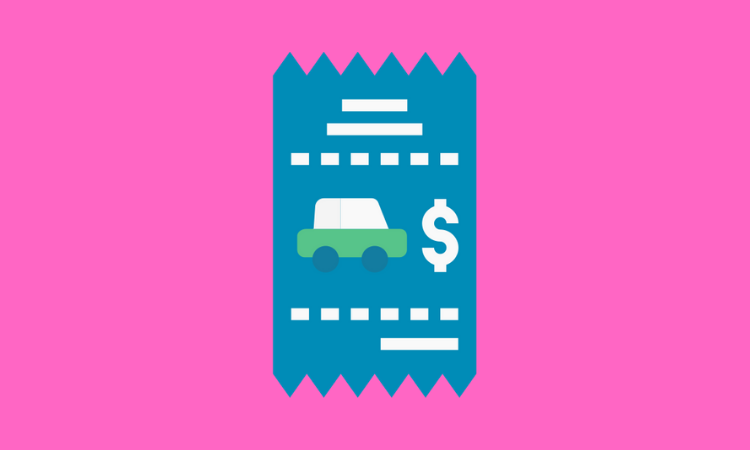Member Exclusive, Payments
Google Maps and Waze enable users to pay for parking and gas
- Google Maps allows its users to pay for parking and public transport from within the app.
- Waze enables drivers to pay for fuel and parking through its partner apps.








